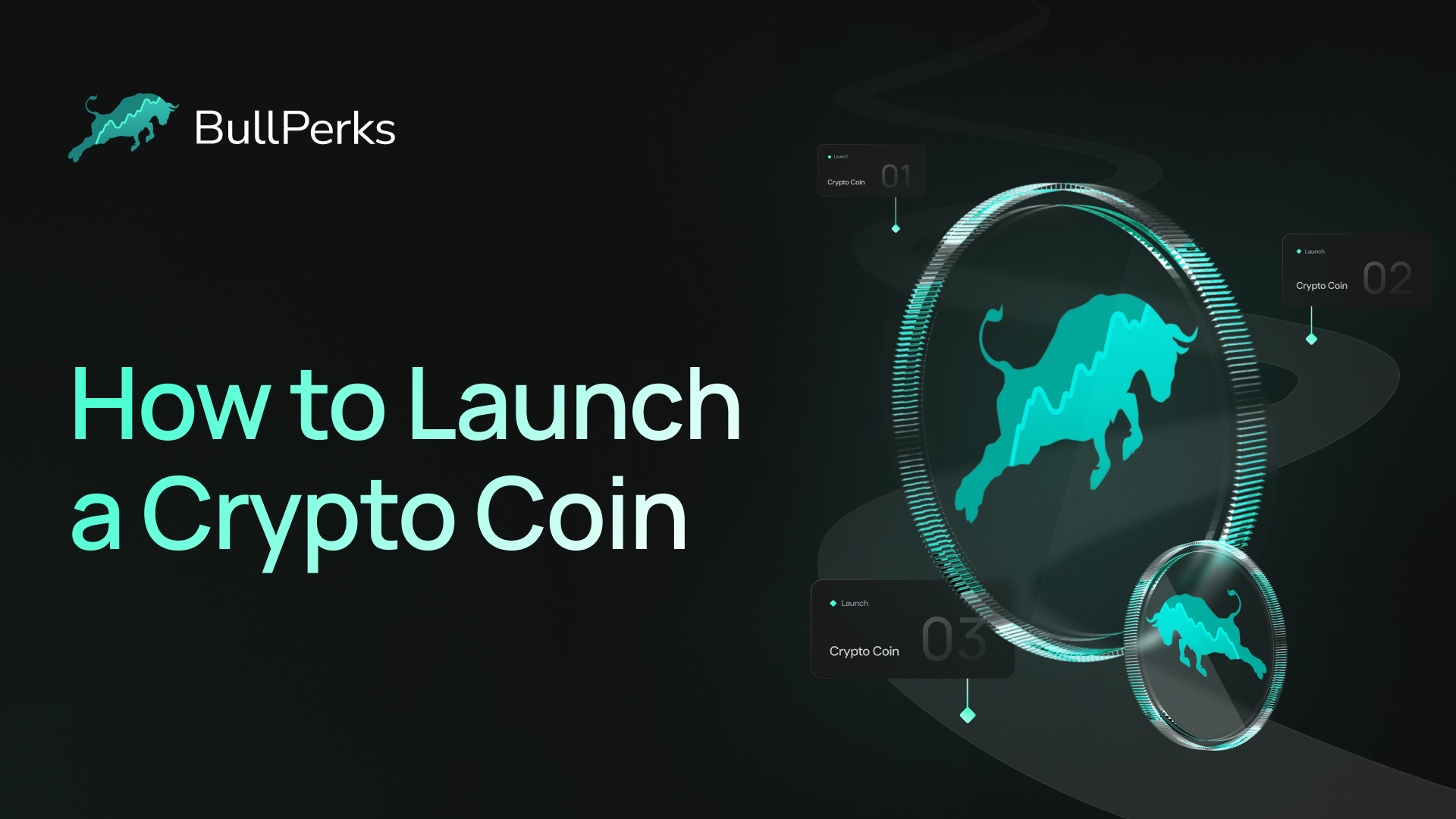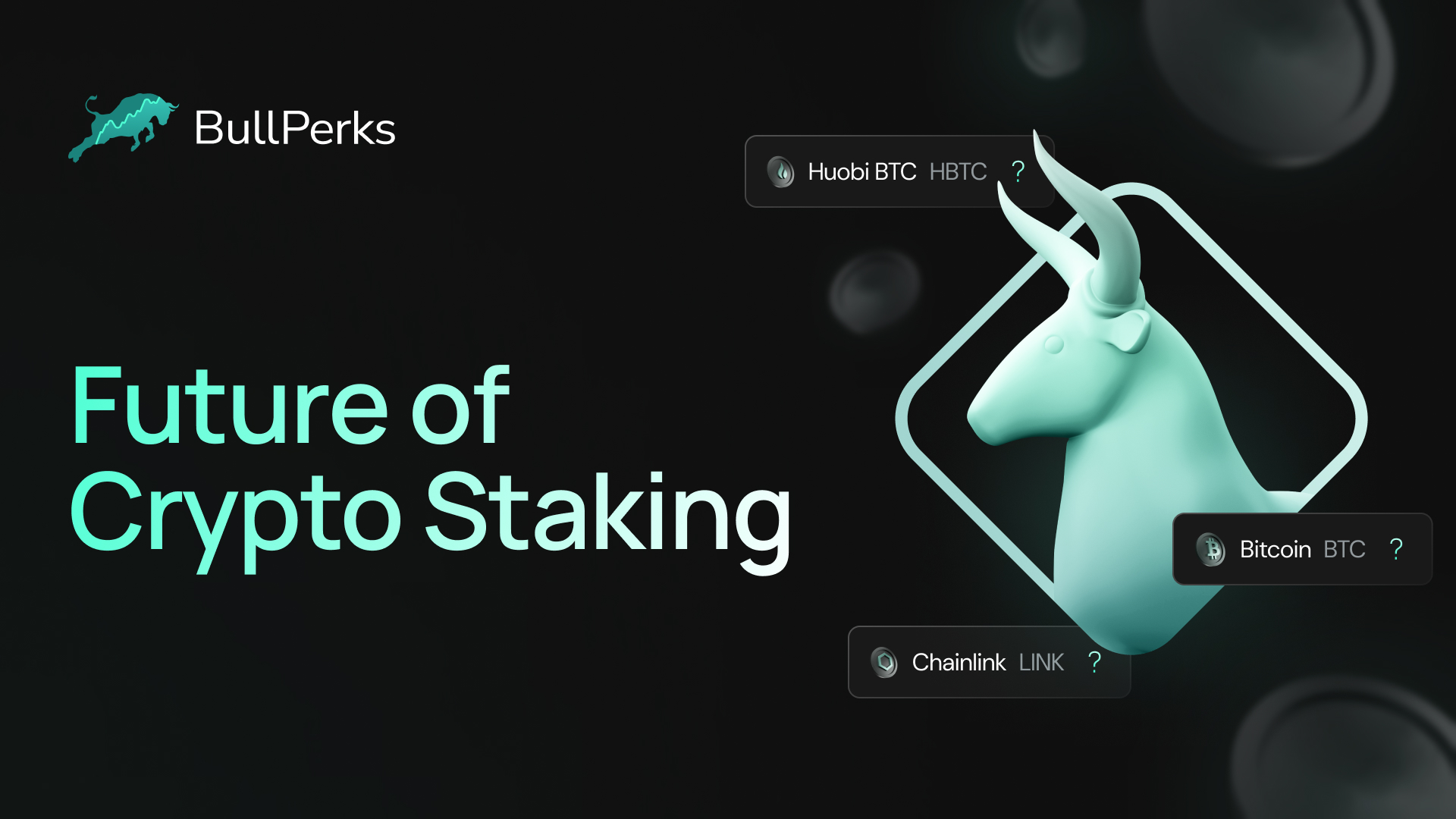
Learn more about the evolution of Web 1.0 and Web 2.0 and what is expected for its next stage, Web 3.0.
Over the last decade, there has been a growing consensus that the way the Internet currently works is outdated and needs to be reassessed. Companies sketchily collect user data without their consent, censor and manipulate information, and abuse their power and influence in more ways than one.
Some governments are already taking action to impose limits on such corporations and limit their dominance over Internet users. That's the goal of the European General Data Protection Regulation, for example. However, such regulations aren't worldwide yet, and a broader transformation would be necessary in order to make the Internet a safer place for everyone. That's the promise of Web 3.0, which will use blockchain technology to provide more efficient and secure online interactions.
In this article, we'll go through the main phases of the digital world and understand what the industry has in mind for the upcoming Web 3.0.
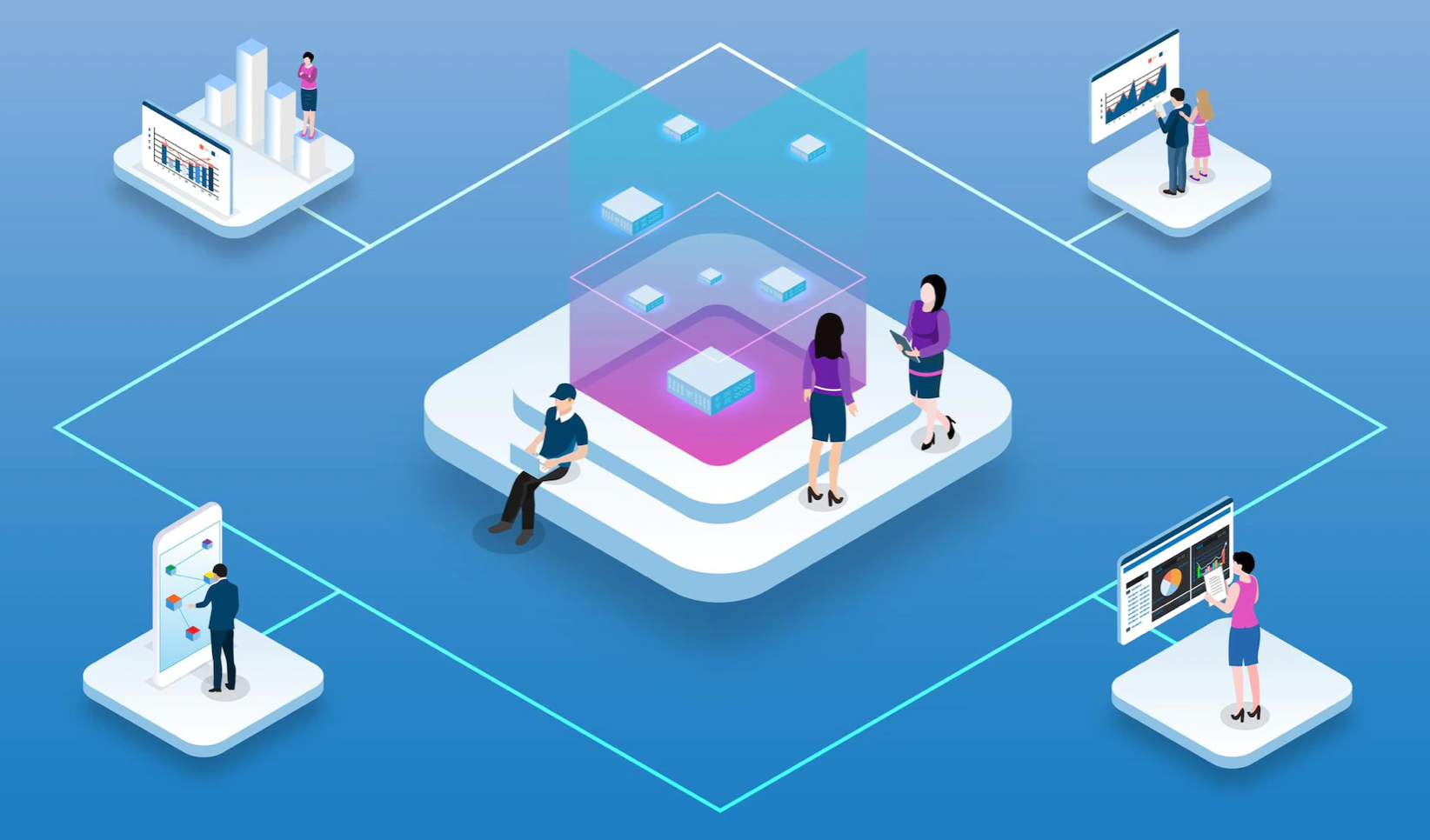
What Is the Difference Between Web 1.0, Web 2.0 and Web 3.0?
Comparison Table: Web 1.0, Web 2.0, Web 3.0
| Aspect | Web 1.0 | Web 2.0 | Web 3.0 |
|---|---|---|---|
| Time Period | 1991-2004 | 2004-2005 onwards | Emerging |
| Interaction | Read-only, static websites | User-generated content, interactive websites | Decentralized, open, and user-centric |
| User Engagement | Low | High | Increased transparency and control |
| Web Design | Primitive, limited design | Prettier, easier to navigate, responsive design | Integration of digital and physical realities |
| Content Control | Controlled by web admins | Users can create and share content | Decentralized data storage and access |
| Data Privacy | Not a major concern | User data collected and used by marketers | Blockchain-enabled data protection |
| Social Features | Limited, if any | Social networking, messaging, and calls | Metaverse and advanced AI |
| Technology | Basic HTML, tables for layout | Advanced web technologies, APIs | Blockchain, AI, and machine learning |
The Web or World Wide Web is the Internet's primary information recovery mechanism. From its initial development in the 90s, many versions of the Internet shifted smoothly and steadily over time.
For decades, the Web has grown and gained new concepts, websites have developed endless possibilities, and soon users began to use completely different infrastructures without even noticing. There was never a sudden change between one Web era to another, and it's unlikely to happen from now on.
What distinguishes one Internet stage from another is the technology behind the web connections, the possibilities, and the purposes. Over the following paragraphs, you'll learn what each Web era meant and what to expect for the future.
What Was the Web 1.0?
The emergence of web browsers in the mid-1990s ushered in the age of Web 1.0. This era of static websites coming from physical servers was the antecedent of highly polished content that is now expected.
What was Web 1.0 mainly used for?
Content production was still in its early stages, and customers had few options for interactive apps. Personal web pages were prevalent, consisting of static sites hosted on ISP-managed web servers or free hosting providers. Unlike nowadays, advertisements on websites while accessing the Internet were prohibited back then.
Site data was saved on servers in file systems and was frequently supplied in its original form. This feature required web admins to re-layout existing pages while adding new ones to add links. Tables were used to align content, sites were not adaptable, and frequently mentioned the required resolution that all material would open properly.
Furthermore, not every site was supported by all browsers, thus, web admins displayed badges with the emblems of web browsers that functioned well with the resource.
Web 1.0 in a nutshell:
- It took place between 1991 and 2004.
- Read-only websites with little interaction and automation.
- Low user engagement with the published content.
- Primitive and limited web design.
- Content posted and controlled by web admins.

What Is the Web 2.0?
Web 2.0 supposedly started between 2004 and 2005, and the volume of websites increased faster, and the pages began to show different possibilities and features compared to the first publications. During the last two decades, online interactivity, social networking, and user-generated content have supplanted the sterile websites of Web 1.0.
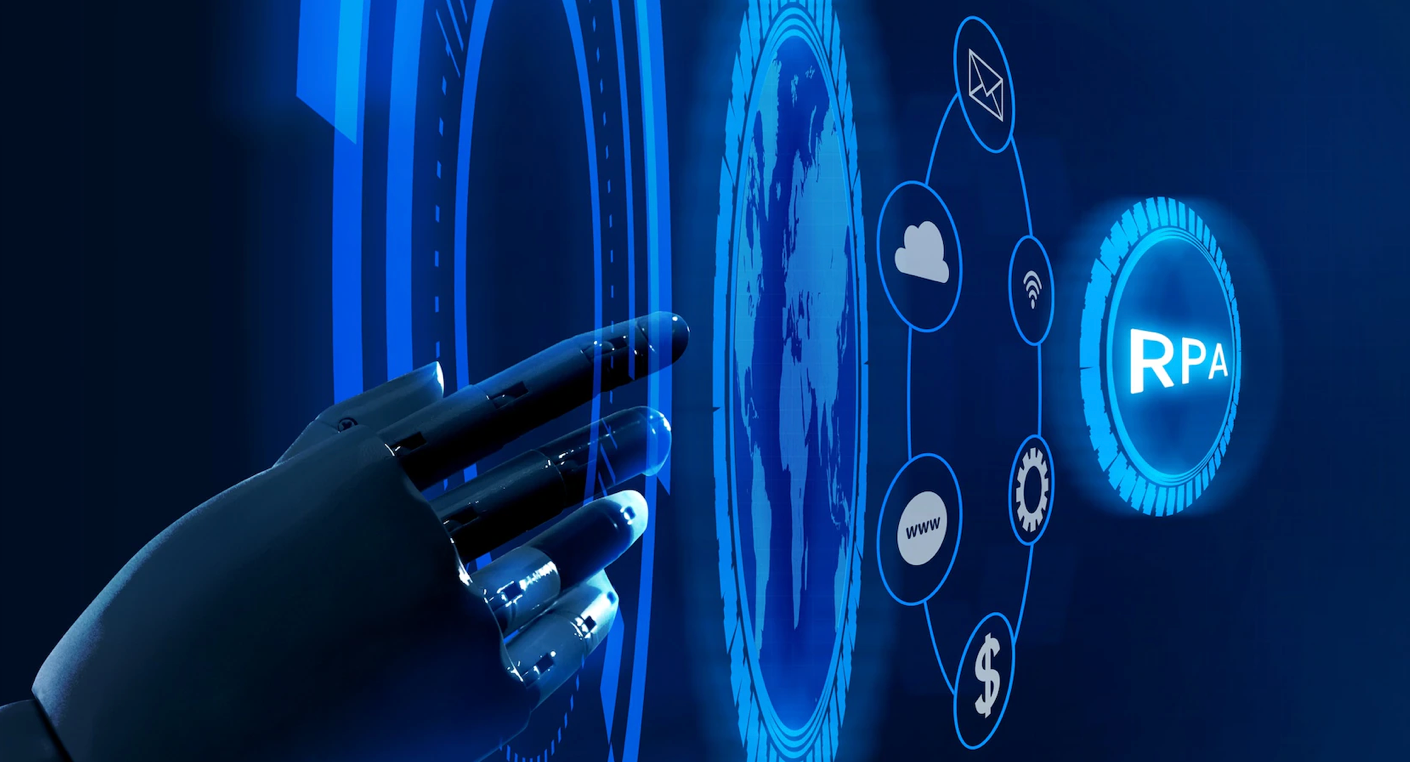
What are Web 2.0 key features?
This new Internet era allows user-generated material to be viewed by millions of people all over the world in an instant, and such unprecedented reach has resulted in an explosion of this form of content in recent years.
It offers widespread authorization and the possibility to create an account on nearly every site. In exchange for ease and the capacity to access resources, users began to concede their data freely and agree to data gathering. On the other side, companies can benefit from all that free data by selling it to advertising agencies or creating ads on their own.
Web 2.0 has also seen the rise of social features, with an increasing number of resources allowing users to speak with one another, exchange messages, and make phone calls, accelerating globalization.
The appearance of websites has also improved, getting more straightforward but no less informative. It became more accessible to code and design a page, so Web 2.0 is dominated by patterns. Sites have also become adaptable, with the same online gateway opening on both a desktop and a smartphone.
Web 2.0 in a nutshell:
- Users can create online content.
- Websites are prettier and easier to navigate.
- User data has become a commodity for marketers, and users have little control over their data.
- The social features of the Web have evolved and become a part of users' lives.

What Is Web 3.0?
Web 3.0 is the next phase in the evolution of the Internet, and it is mainly based on the fundamental ideals of decentralization, openness, and increased consumer usefulness.
This new era is still in its early stages, and more technological advances must happen for it to take over entirely. However, most enthusiasts already predict that Web 3.0 will solve many Web 2.0 problems, especially regarding the collecting and usage of users' data.
What are the main features of web3?
Web 3.0's central concept is decentralization, made possible by blockchain technology. Data will be spread among users rather than held on a single server. All interactions will be transparent as users can access the data processed and stored on blockchain networks, resulting in more honest and secure web navigation.
Some industry leaders also say that this will be the era where we'll take the next step with artificial intelligence and machine learning. Intelligent algorithms will continue to help users discover the information they require on the Internet. Such technologies would also play a significant part in paving the way for the metaverse, a widespread environment that would integrate the physical and digital worlds.
Web 3.0 in a nutshell:
- Blockchain technology offers decentralization and a new way to deal with data.
- The metaverse and integration of the physical and digital realities.
- Advanced artificial intelligence.
- Consolidation of digital financial systems.

How to Invest in Web 3.0
Besides paving the way for the next technological revolution, blockchain networks are also the base for cryptocurrencies and their derived projects to function. A great way to invest in Web 3.0 is through crypto-based projects.
As the use of blockchains and cryptocurrencies grows, so will the adoption of Web 3.0. It is already possible to observe the daily emergence of new decentralized, the solidification of decentralized finance, and the popularity of Non-Fungible Tokens.
When buying cryptocurrencies or investing in blockchain-based projects, an investor is actually helping develop Web 3.0. At the BullPerks platform, we provide several different crypto investment opportunities for you to get on board with this new technological venture.
With BullPerks, you can earn when staking and farming your BLP tokens or gain some token allocation by investing in our Initial Coin Offering projects. Either way, you'll be entering the blockchain world through a secure and legitimate platform while also expanding your personal investment portfolio.
Web 3.0 main applications
Web 3.0 is the latest iteration of the web and is characterized by an increased focus on user privacy, data sovereignty, and greater decentralization. In addition to its improved security features, Web 3.0 will also incorporate more advanced technologies such as machine learning, non-fungible tokens (NFTs), Metaverse, and cryptocurrencies. So, what is web 3.0 examples? Check them out!
Machine learning (ML)
Machine learning (ML) is a powerful tool that can analyze large amounts of data quickly and accurately to make predictions or inferences about future behavior.
The technology involves algorithms trained using large datasets to recognize patterns in the data that can then be used to make predictions or decisions without any additional human input.
ML has been used in a variety of industries, from retail to healthcare, and its applications in Web 3.0 have the potential to revolutionize the way we interact with websites and applications online.
Non-fungible tokens (NFTs)
Non-fungible tokens (NFTs) are digital assets that represent ownership over a unique item or asset, such as a piece of artwork or a collectible item. NFTs are stored on decentralized ledgers like blockchain, which makes them verifiable, secure, and immutable—allowing for trustless transactions between buyer and seller on the Web 3.0 platform.
Metaverse
The Metaverse is an ambitious project that seeks to create a virtual world where users can interact with digital objects using their own avatars while also taking advantage of blockchain technology’s security features. The Metaverse uses NFTs as a unit of account for buying and selling digital assets inside its ecosystem, allowing users to own virtual real estate and other digital items permanently within this distributed network.
Cryptocurrencies
Cryptocurrencies are another major application of Web 3.0, allowing users to send money quickly and securely without relying on traditional banking systems or authorities like central banks or governments.
Cryptocurrencies use blockchain technology that provides a transparent record of all transactions through its distributed ledger system while maintaining privacy through encryption techniques such as zero-knowledge proofs (zk-SNARKS). This allows for trustless transactions between two parties without having to rely on intermediaries like banks or payment processors for verification purposes.
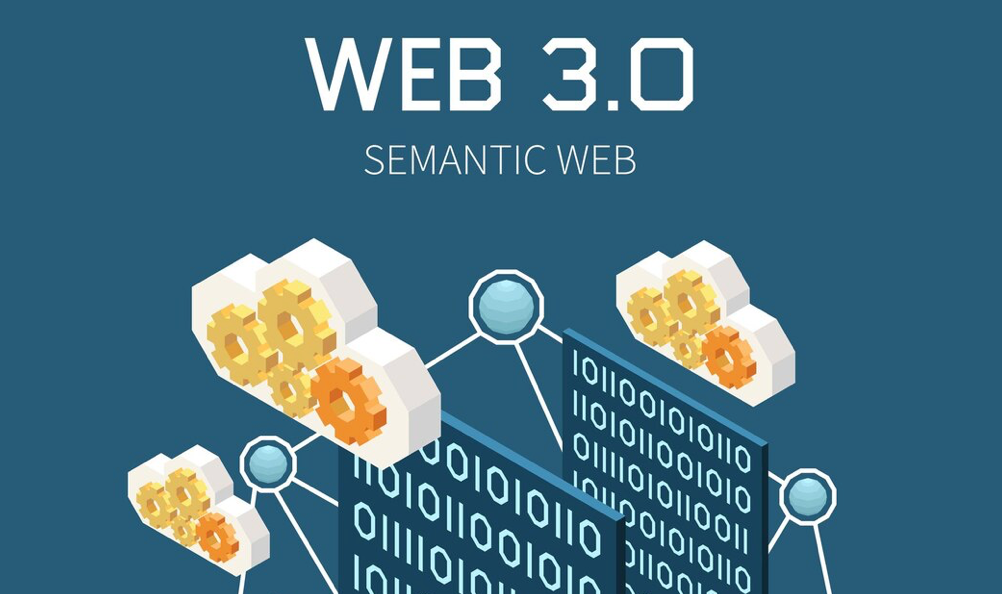
Conclusion
The World Wide Web has come a long way to become what it is today, and it's already showing signs that it's about to evolve again anytime soon. Web 3.0 is becoming more real each day, and it is the best time to invest in it while the opportunities are still fresh and recurrent.
Suppose you are interested in Web 3.0 in general. In that case, you should also be curious about such terms as the semantic web, artificial intelligence, the decentralized web, smart contracts, world wide web, augmented reality, store data, search engines, digital or physical assets, virtual reality, own data, edge computing, social media platforms, static web pages, natural language processing, centralized servers, distributed computing, online data, future web, big data, decentralized autonomous organizations, peer-to-peer networks, social web, a decentralized network and its key features, machine learning technology, real-life web, semantic web, and more.

Would you like to start investing in the most impactful crypto projects with BullPerks? Learn how in this comprehensive tutorial!
Disclaimer. This material should not be construed as a basis for making investment decisions or as a recommendation to participate in investment transactions. Trading digital assets may involve significant risks and can result in the loss of invested capital. Therefore, you must ensure that you fully understand the risk involved, consider your level of experience, investment objectives, and seek independent financial advice if necessary.










